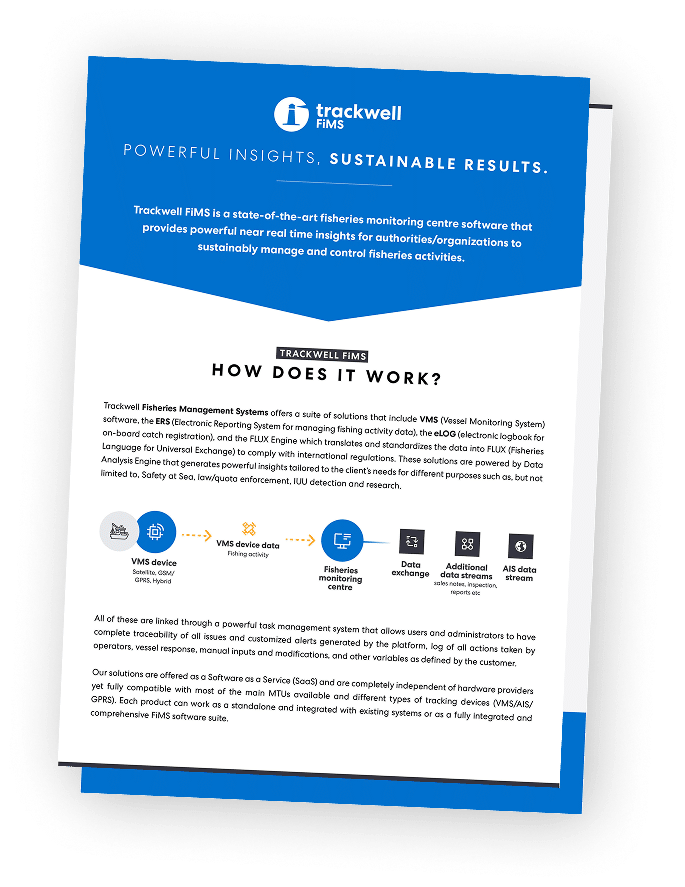Index of content
Implementing the Fisheries Language for Universal Exchange (FLUX) presents significant challenges for organizations and nation-states. The complexity stems from FLUX’s seven distinct domains and the hundreds of business rules that must be meticulously implemented and tested. Each domain encompasses a myriad of message types, each governed by its unique set of business rules. This intricate framework presents a daunting task for Fisheries authorities seeking to align with DGMARE guidelines while implementing FLUX communications.

Testing phases and initial challenges in FLUX implementation
Upon laying the groundwork, testing commences in multiple phases for each of the seven FLUX domains. However, before cooperation with the European Union can begin, local testing based on DGMARE guidelines is a prerequisite. Given the impracticality of providing local representatives worldwide, implementing parties (fisheries organizations and nation-states) shoulder the burden of this initial testing phase independently. Subsequently, cooperation with the EU for testing follows, yet this phase remains time-consuming, with the EU concurrently engaging multiple partners, rendering their time scarce. Consequently, delays, often spanning a week or more, are not uncommon due to the scarcity of available resources and the prevalence of errors and diverse issues. This highlights the significant challenges of FLUX implementation in ensuring compliance and smooth communication with the EU.
Continuous updates and compliance with FLUX standards
Following the completion of testing phases, the implementing Fisheries Authority must maintain a continuously updated FLUX communication domain. Frequent version changes across domains necessitate updates to business rules and supported messages, initiating a restart of the acceptance testing phase. Compliance with the evolving EU FLUX standard demands implementing and testing each version change.
As described above implementing the FLUX standard is a highly complex and time-consuming process providing a steep learning curve for all potential adaptors. This continuous need for updates and compliance emphasizes the ongoing challenges of FLUX implementation, requiring dedicated resources and expertise to manage effectively.
Trackwell’s proactive approach to overcoming FLUX implementation challenges
Trackwell recognized early on the importance of this emerging technology and its potential impact for the sustainable management of fisheries. Because of this, Trackwell has proactively positioned itself as a leader in delivering EU-compliant FLUX domains to its clientele. Leveraging an internal team of FLUX professionals seasoned in multiple implementations, Trackwell FiMS streamlines the implementation process, condensing what once took months into a matter of weeks. By doing so, Trackwell FiMS enables its clients to realize substantial time and resource savings of up to 90% during each FLUX domain implementation. Currently, Trackwell FiMS extends its FLUX services to clients, accommodating both EU and NEAFC implementation rules.

